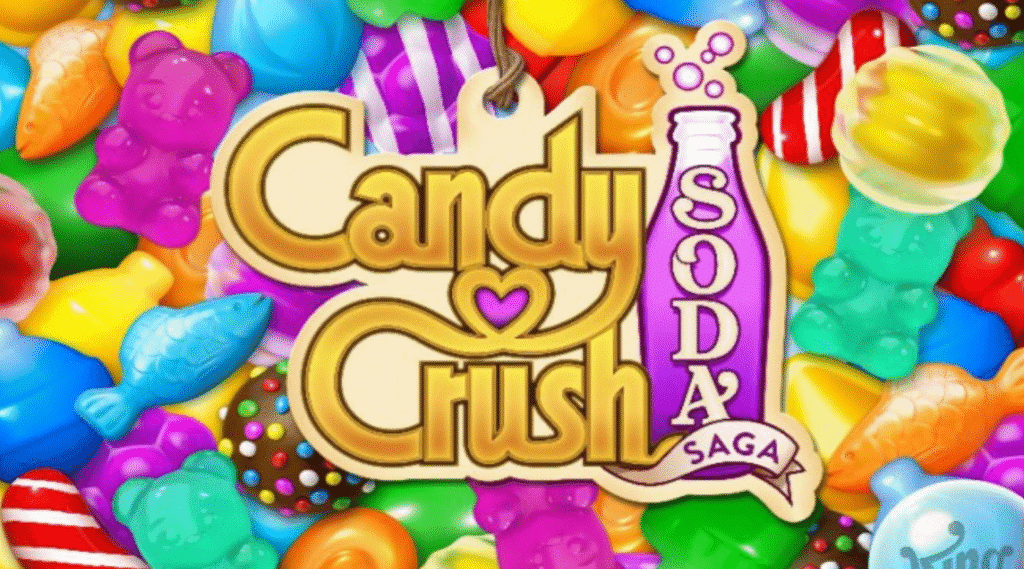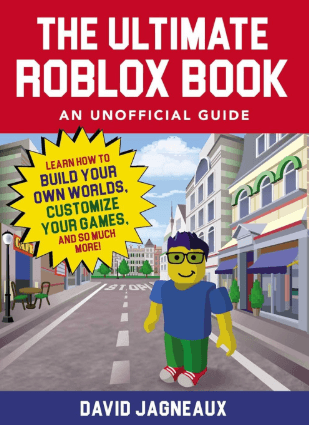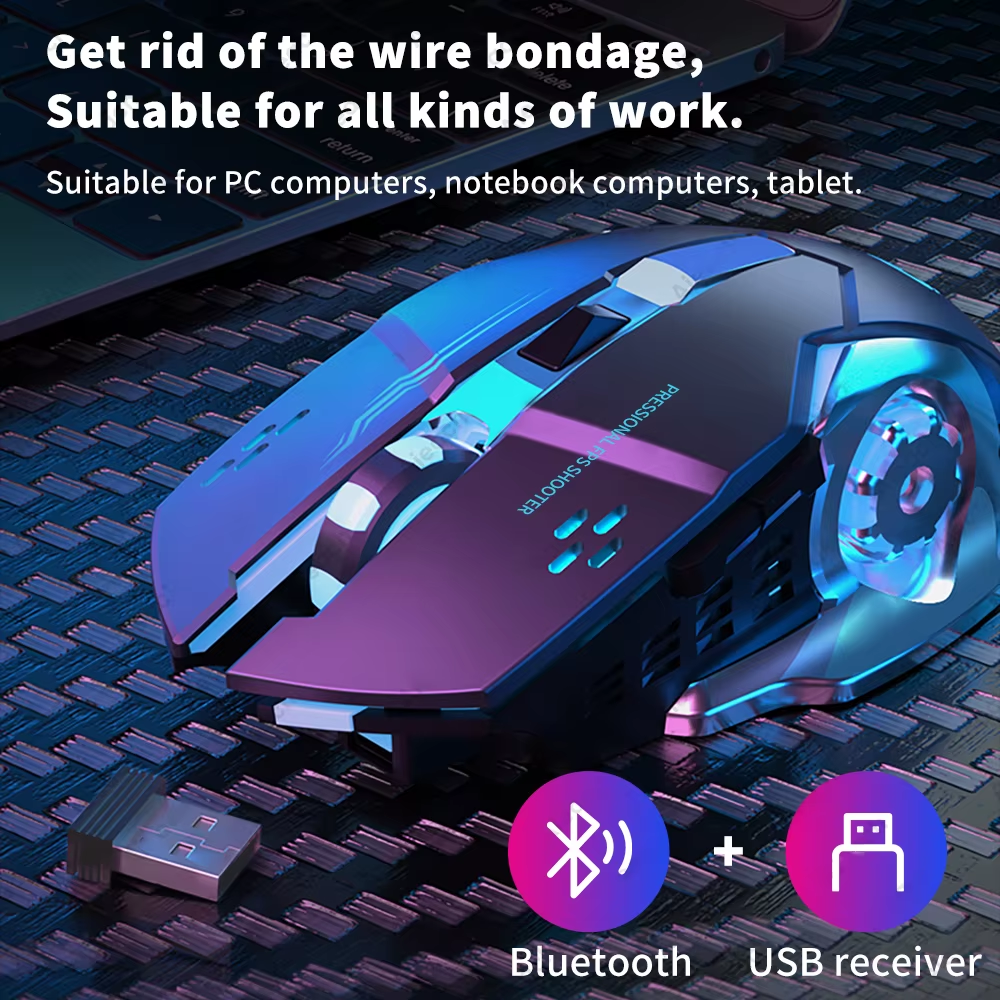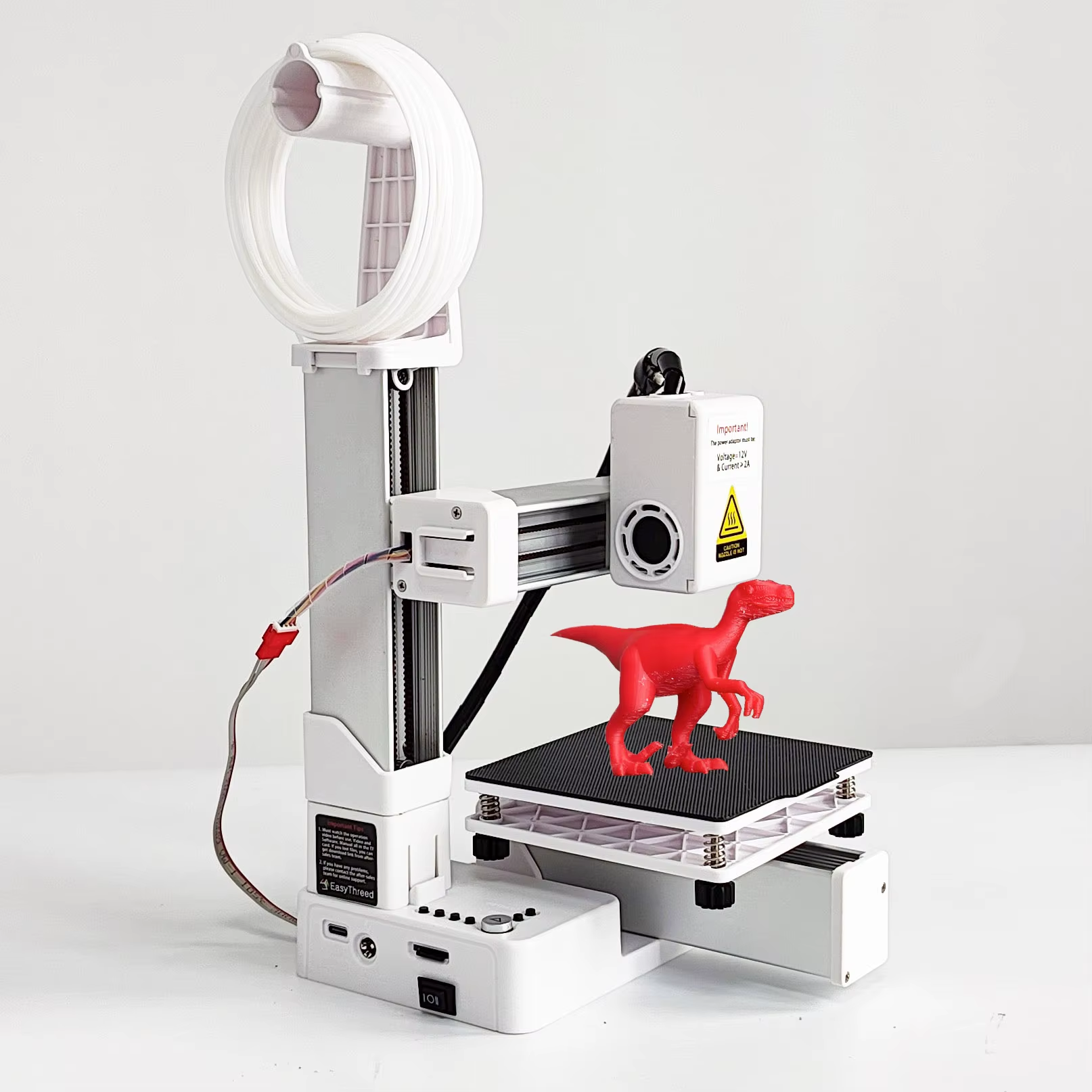Once considered a harmless pastime, Candy Crush Soda Saga has evolved into one of the most addictive mobile games ever. For millions of players worldwide, it’s more than a game—it’s a daily ritual, an obsession, and, for some, a trap.
In this article, we examine what makes this puzzle game so irresistible, the mechanics that drive addiction, and how even seasoned gamers can get caught in its sticky web.
🍬 A Sugary Beginning
Released in 2014 as a sequel to the original Candy Crush Saga, Soda Saga introduced new gameplay mechanics like soda bottles, floating candies, and gummy bears. With hundreds of levels and vibrant, candy-coated visuals, it quickly became a mainstay on mobile devices.
The concept is simple: match three or more candies to complete objectives within a limited number of moves. But beneath that simplicity lies a sophisticated psychological design.
🧠 The Psychology of Addiction
Games like Candy Crush use proven behavioral psychology to keep players engaged:
- Variable rewards: Players don’t know when they’ll win big, which triggers the brain’s dopamine response.
- Near misses: Losing by one move makes you want to try again immediately.
- Progress bars and goals: A sense of achievement encourages continued play.
- Time-based lives: Losing all your lives makes you wait—or pay.
This clever blend of frustration and reward is why so many players say they “just can’t stop.”
🕹️ A Gamer’s Confession
Dominik Diamond, a well-known retro gaming personality, recently shared his unexpected addiction to Candy Crush Soda Saga in The Guardian. What started as a way to pass time soon became a compulsion—sometimes spending money, often losing hours.
“I was spending more time on Candy Crush than on my console,” he admitted. “And I didn’t even realize it at first.”
It’s a sentiment echoed by many. What feels like innocent fun can slowly morph into something less healthy.
💰 The Cost of Free-to-Play
While Candy Crush is free to download, it’s designed to encourage in-app purchases:
- Boosters that help complete levels
- Extra moves at critical moments
- Unlimited lives packs
Players who resist spending money may still feel pressure from time limits or unbeatable levels. According to a Sensor Tower report, Candy Crush Saga (including Soda Saga) earns millions of dollars per month—proof that its monetization model works.
⚖️ The Line Between Fun and Compulsion
Many casual players never spend a dime and still enjoy the game. For others, however, the line between entertainment and compulsion is thin. Experts warn that mobile games like Candy Crush Soda can trigger the same neural pathways as gambling, particularly in vulnerable users.
This has led to increased calls for transparency in mobile game design, including better labeling of addictive mechanics and spending tracking tools.
📉 Taking Back Control
If you’re worried that Candy Crush (or any mobile game) is eating into your time, here are some tips:
- Set time limits on app usage
- Disable notifications that prompt you to return
- Unlink payment methods to avoid impulsive purchases
- Switch to less aggressive games like puzzle or word apps
There are also mobile wellness apps like Moment or Forest that help track usage and encourage focus.
🍭 Conclusion: It’s Okay to Play—In Moderation
Candy Crush Soda Saga is undeniably fun, beautiful, and cleverly built. But it’s also a powerful reminder that “free” games often come at a personal cost—in time, focus, and sometimes even money.
Like candy, it’s okay to indulge occasionally. Just don’t let the sugar rush take over your life.




